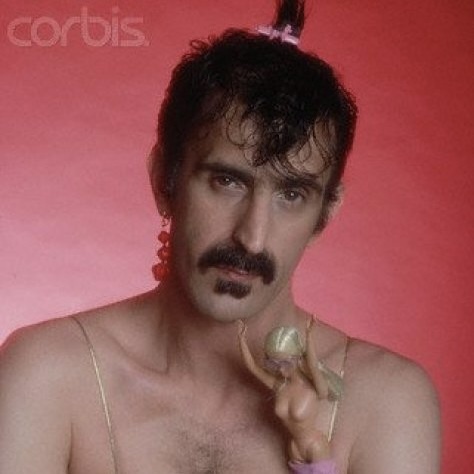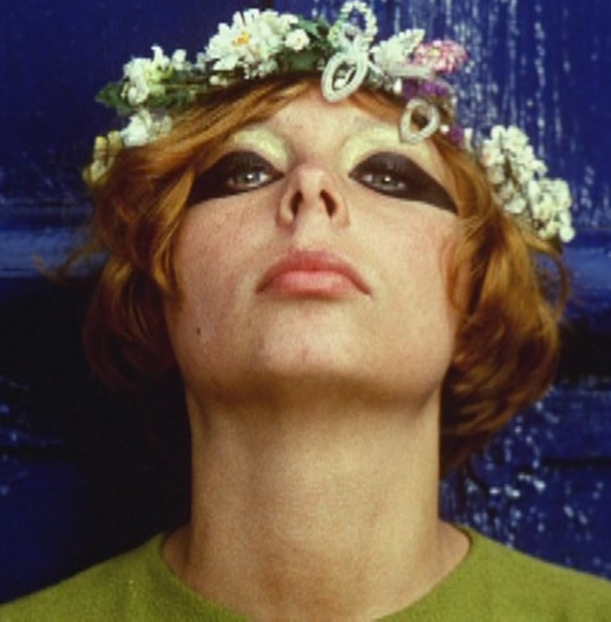This is a guide to help masculine-presenting people make the process of matching a shirt with pants as brainless as possible while still meeting basic societal standards. You wanna layer your shirts? You wanna wear underwear or socks? You wanna NOT wear underwear or socks? That’s your business. I’m not your parent.
Masculine fashion is, for better or worse, pretty simple. I’m not talking about how men dress in various fashion scenes. I’m not talking about how some gender-non-conforming presentations undermine toxic notions of male clothing. I’m talking about how the majority of masculine people dress when they go to work or the store. If you’re trying to blend in with this style and want to make the process of picking out an outfit as brainless as possible, this guide’s for you. For me, I never used to struggle to pick out clothes, but the stuff I randomly threw on was often very weird and offputting. This is fundamentally a guide to masking that tendency.
Keep in mind that I’m from the US and can’t speak to fashion sense of other places. I’m also AMAB and can’t speak to assembling a masculine wardrobe from scratch. But a lot of the ideas should still apply.
Picking an outfit
These are some guidelines to stick to when picking out an outfit. If this list of kinda arbitrary rules seems distinctly Not Brainless to you, no worries. There’s some up-front work, but the brainless part comes in having a curated wardrobe later.
One Dark, One Light
There are really flattering ways to wear bright pants with a bright shirt. Same goes for all-dark. But these tend to fall more under the “outfits I need to put effort into” category. Dark on bottom, light on top is more common, but either is fine.
One Pattern At A Time
Personally, I love mixing patterns. But it hurts the neurotypicals’ eyes. It’s kind of like having two people screaming “look at me!” and not being sure which one to prioritize. If you care about that sort of thing, match all patterned clothing only with solid clothing.
One Color At A Time
In general, the more colors are in your outfit, the harder it is to pull off in the eyes of old ladies at the grocery store (we shouldn’t care about them staring at us in disapproval, but we still do). This one can be similar to One Dark, One Light. But imagine dark green pants with a bright orange shirt. I’ve been told this color combination makes people think of puke. So to be safe, one color at a time.
Sleeves Are Shorter Than Pants
I can’t quite explain this one. I think it makes you look like you haven’t dressed appropriately for the weather. That’s what my mother says, anyway. Personally, I’m white, AMAB, and live in the north, so my calves have lost their ability to feel cold from wearing shorts all winter anyway. But still, this is frowned upon. Don’t wear long sleeve shirts with shorts.
You Can’t Be Mixing Mexican With Continental
Come on, man. I thought you were better than that.
This is a point that’s more contextual to the specific clothing and expectations of areas in your life. But the gist is, “don’t wear a dress shirt with sweat pants.” Can you go to google and find a picture of a hot guy wearing a dress shirt with sweat pants? Absolutely. Are you gonna pull that off? Honestly, I hope so. But that should be a choice you make, not your default on a day when you’re depressed and don’t feel like getting dressed for work.
Organizing your wardrobe
This is where the brainlessness happens. Most people have at least one outfit available at any given time which can follow all of the above rules. The trick is that, if you apply restrictions to what kind of clothing you own, you can make it so as many of your shirts match with as many of your pants as possible and vice versa.
At its most extreme, if you only have solid pants that are grey, black, and navy blue, and you only have brightly colored shirts with the occasional pattern, your outfit will always match every single day no matter what. To some people, this will sound soul-crushing or conformist or boring. To others, this will offload a lot of passive stress and improve their social interactions. It would be nice if people didn’t treat you worse when they perceive your clothing as odd, but unfortunately, they do. So this is a way of getting you a baseline for how your present yourself.
And for a lot of people, this process doesn’t have to involve buying any clothes, but instead getting rid of clothes that don’t jive with their other clothes. Or in some cases, separating out clothes into different categories and keeping them in physically separate places.
For a long time, my work clothes were khakis and a polo, which all went on hangers into a foldable closet. And then my comfy clothes were all basketball shorts and tshirts, which went in my dresser. All the polos went with all the khakis. All the tshirts went with all the tshirts. So the only thing I’d need to know to get dressed was whether or not I was going to work.
Do you have a pair of dress pants that you only wear on laundry day because you’ve run out? Time to pack them away until you attend one of Those Events where they’re all but mandatory. Do you have a pair of sweat pants that you only wear when you’re lounging around the house? Maybe put them in a designated spot alongside a big ol comfy shirt. Do you have mostly jeans and flannels? Maybe get rid of the random pair of shorts.
A lot of little decisions like that add up and end up making your experience picking out clothes way smoother.

